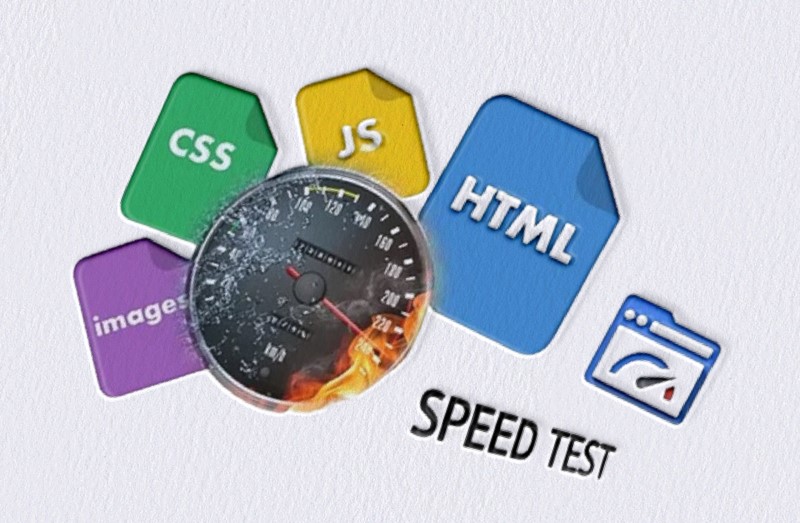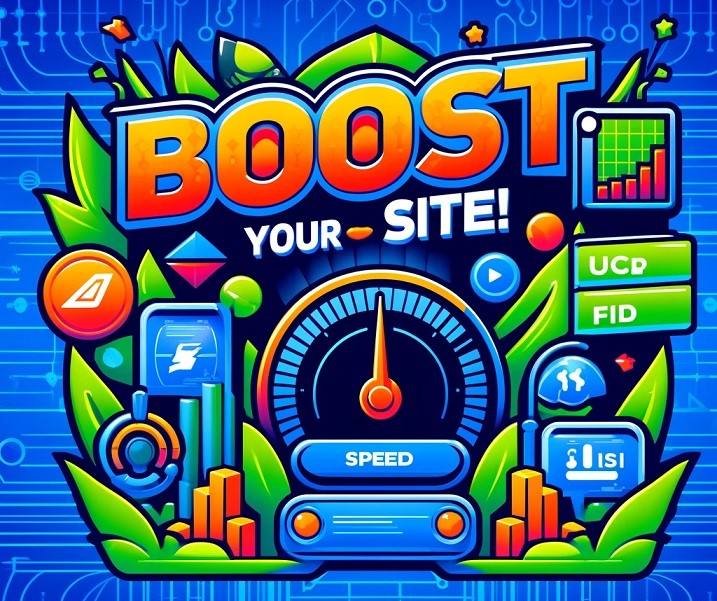Advanced Strategies for Boosting Your Website’s Search Engine Ranking
Introduction In the dynamic world of digital marketing, on-page SEO remains a fundamental pillar of a website’s ability to rank well in search engine results. As algorithms evolve, so too must our strategies. This article explores advanced on-page SEO techniques that go beyond the basics, offering you actionable strategies to enhance your website’s visibility and user engagement.
1. Comprehensive Keyword Optimization While keyword placement in titles and headings remains crucial, next-level on-page SEO focuses on semantic richness and context. Utilizing Latent Semantic Indexing (LSI) keywords can enhance content relevance without keyword stuffing. Tools like Google’s Natural Language API can help identify relevant terms and gauge the semantic richness of your content.
2. Enhanced User Experience (UX) Google’s algorithms increasingly prioritize user experience. Factors such as site speed, mobile-friendliness, and interactive elements play pivotal roles. Advanced strategies include implementing AMP (Accelerated Mobile Pages) for faster mobile loading times, and ensuring an intuitive UI/UX design that promotes user engagement and reduces bounce rates.

3. Structured Data and Schema Markup Structured data markup helps search engines understand and display website content more effectively. Advanced on-page SEO incorporates detailed schema markup for articles, products, and events, enabling rich snippets that can significantly increase click-through rates from search engine results pages (SERPs).
4. Content Depth and Quality Advanced on-page SEO emphasizes the quality and depth of content. Long-form content that thoroughly addresses user questions tends to perform better in SERPs. Additionally, updating and expanding existing content can refresh its relevance and visibility.
5. Internal Linking with Precision Internal linking helps spread link equity throughout your website and keeps users engaged longer. Instead of random linking, adopt a strategic approach by linking related topics in clusters, enhancing the thematic strength of each section, which is favored by search engine algorithms.
6. Image Optimization Beyond alt text and file size reduction, advanced image optimization includes creating image sitemaps and utilizing next-gen formats like WebP. Also, leveraging image SEO can drive traffic from image searches directly to your website.
7. Page Speed Optimization Page speed is not just about faster loading but also about how quickly a page becomes interactive. Advanced techniques involve optimizing critical rendering paths, leveraging browser caching, and minimizing server response times.

Conclusion Adopting advanced on-page SEO techniques is essential for keeping up with the rapid developments in search engine algorithms and user expectations. By focusing on comprehensive keyword optimization, enhancing user experience, and employing structured data, you can ensure that your website not only attracts but also retains user attention. The future of on-page SEO is here, and it demands a more nuanced, strategic approach.

